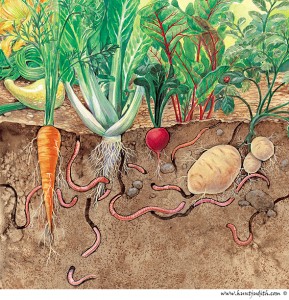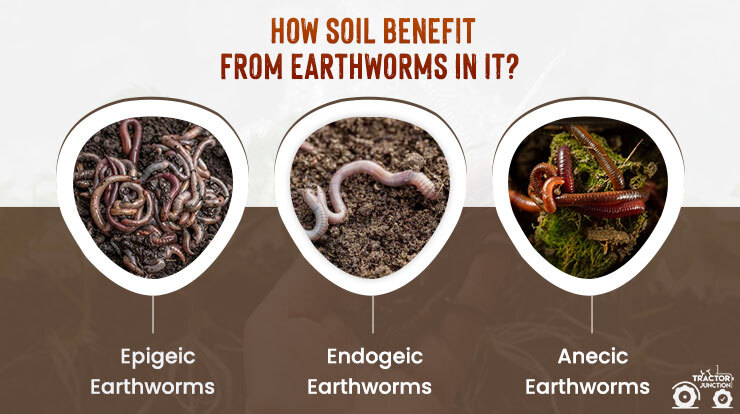Fascination About North Carolina Worms
Wiki Article
North Carolina Worms Things To Know Before You Get This
Table of ContentsThings about North Carolina WormsGet This Report about North Carolina WormsNot known Facts About North Carolina WormsUnknown Facts About North Carolina Worms
Instance: 1-gallon of worm spreadings to 4 gallons of potting mix. 1/2 cup in the bottom of the growing hole for smaller sized plants. 1 mug for bigger plants.
The enhancement of tea can likewise include raised microbial biomass to your soil. You can always side-dress your plants with worm castings at any moment. Simply remember, the microbes will certainly die if revealed to UV rays (Sunlight), so make sure to cover the castings with an inch or two of soil.
This baffled them for years till the testing methods became better. It would certainly get better(with more castings), level off, and then decline. Too numerous worm spreadings would increase the growth to a speed that the plant might not recover from.
Some Ideas on North Carolina Worms You Need To Know
I have stated the merits of worm castings for about 2000 words. Worm castings are no various. It takes time to produce quality worm castings.You can purchase them which results in number two. Worm castings absolutely cost even more than chemical fertilizers. Worm spreadings are on the less expensive end of natural plant foods. You will certainly have to choose what is more important. It is easy to generate percentages of worm spreadings. (50 gallons each year) It is a much more challenging and very expensive financial investment to generate big amounts of worm castings (Lake James Bait).

Creating a healthy and balanced dirt may be the best benefit of worm castings. We reviewed worm castings NPK and also the proper nutrient evaluation that ought to use to worm castings.
North Carolina Worms Things To Know Before You Buy
We talked regarding some of the negative aspects associated with worm castings. I covered a great deal of product in this article. There are a great deal of links (interior and outside). If you would like more information on a specific topic, please click with the web links to learn more. As always, really feel cost-free to comment or ask concerns.The vertical burrows are generally open, although the worms cap the leading with deposit and waste matter. Origins require oxygen for their growth, whereas they produce carbon dioxide that requires to leave the soil.
Earthworms enhance porosity by two devices: (1) by developing irreversible burrows, and (2) by enhancing soil gathering. Gathering is enhanced by the mixing of soil and raw material in the earthworms' guts. Lake Hickory Bait. These very steady aggregates are transferred by some earthworms in their burrows, and by others at the surface of the dirt


In an additional research, earthworms were approximated to eat 4 to 10 percent of the top 6 inches of the soil yearly. Soil compaction decreases the porosity of the soil.
Examine This Report on North Carolina Worms
Regular earthworm populations can conveniently eat 2 lots of dry matter per acre annually, partially digesting and blending it with dirt. The importance of earthworms to blend surface area residue with dirt ends up being really clear in dirts that do not have any type of earthworms. The majority of our Pennsylvania dirts have at the very least some earthworms, and the impact of their complete absence, for that reason, can not be kept in mind.(https://bizidex.com/en/north-carolina-worms-agriculture-649294)In these soils, the development of topsoil with reasonable raw material content did not take place, leading to poor crop growth. Once the reason was developed, the federal government of the Netherlands began a project to introduce earthworms. After the introduction of the earthworms, a dark topsoil layer was formed, and plant development boosted considerably.
They live mostly from partly disintegrated natural matter that is already included in the soil. They eat their way via the dirt, developing straight burrows that they loaded with their waste matter. These types ingest huge quantities of dirt that they blend with absorbed crop deposit in their intestines. or anecic types stay in permanent upright burrows that can be 5 or 6 feet deep.
Their burrows remain open, although they cap the leading with crop deposit that they draw to the entryway. These types consume substantial quantities of soil that they blend with absorbed residue in their intestines. Their excrement is primarily transferred at the surface of the soil. The nightcrawler Lumbricus terrestris is the most prominent member of this group.
Report this wiki page